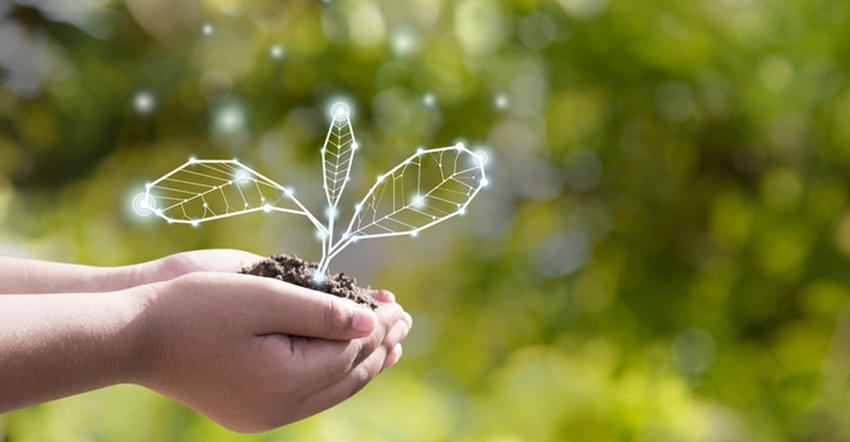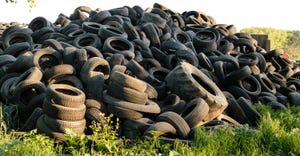
Our mere existence results in the consumption of resources, and that concept is the basis of the definition of sustainability, says Bryan Staley, president of the Environmental Research and Education Foundation (EREF).
Sustainability itself is "the meeting of resources and needs of current and future generations without compromising the health of ecosystems that provide them," he added.
Actions that address environmental costs or burdens can be detrimental to long-term sustainability, and this is where the definition begins to diverge. Burdens are everywhere - from water use, energy use, ocean pollution, etc.
The consequences to these burdens are what make up sustainability.
Staley explains: "Because then things are sort of prepared for future generations, an example of that would be pulling water out of out of a lake or a pond, for example, using that for drinking water. So, if we pull a certain amount out, and that pond or lake is able to refill, then that's sustainable. But if we pull so much water out that that pond is drained, and no longer is able to sustain the folks that are drinking that water, that's unsustainable. And over the long term, we don't know whether or not that would have substantial consequences."
When thinking about environmental burdens, the dilemma becomes which burden is the most important. This depends on where a person lives and what they are able to or aren't able to control. So what does that mean in practice?
Sustainable efforts need to be demonstratable, actionable and quantifiable in order to evaluate the progress along the way. Staley uses the example of riding a bike. A person purchases a bike to reduce Co2 emissions, but they won't completely eliminate them because Co2 emissions were generated during the manufacturing of the bike.
He continues: "If you purchase a bike, and you only ride it five minutes a day, it becomes questionable as to whether or not you're actually reducing Co2 emissions. Now, if you ride it every day and replace your commute in with your car with it, that's a different story. The point is that there is nuance in a lot of these topics of conversation around sustainability, and I think it's important that all of us understand those nuances."
Once someone is able to understand the nuances, they will be able to create "real change" and measure it over time. When it comes to waste and recycling, there are a plethora of nuances from reducing, reusing to zero waste.
"This kind of gets into what what I'm alluding to is how can we be sure that these activities are beneficial? How do we quantify that in a way that ensures that we're doing this stuff? Maybe we're feeling good about it? But ultimately, are we doing more harm than good? Or are we doing more good than harm? And that becomes one of the key constructs in order to assess the actual true measure of sustainability is making sure they aren't beneficial? And how do we measure that and so let's get right into that right now?" questions Staley.
He points to the concept of lifecycle assessment (LCA) to understand and measure sustainability. The assessment is essentially a framework that identifies and evaluates environmental burdens such as energy use, material use and implications of various processes, products or systems across a lifespan or "from cradle to grave."
"If you've got inputs coming into your system such as raw materials, you're putting energy into that, an example would be making bottled water or making your favorite snack food or something else - whatever consumable you want to think of," Staley explains. "Once you input those raw materials and that energy, then you have the manufacturing of that material. Ultimately, there would be some discard at the end that needs to be managed. On the output of this lifecycle framework, you've got things like emissions, waterborne waste, solid waste, co-products, and other kinds of things."
Staley says the LCA is the becoming more commonplace as a way to account for environmental burdens.
"And that's a way then to assess how sustainable we are actually, our efforts actually are, as it relates to some of our actions," he says.
Hear more from Staley during the session "The Science of Sustainability," on demand at WasteExpo Together Online.
About the Author(s)
You May Also Like




